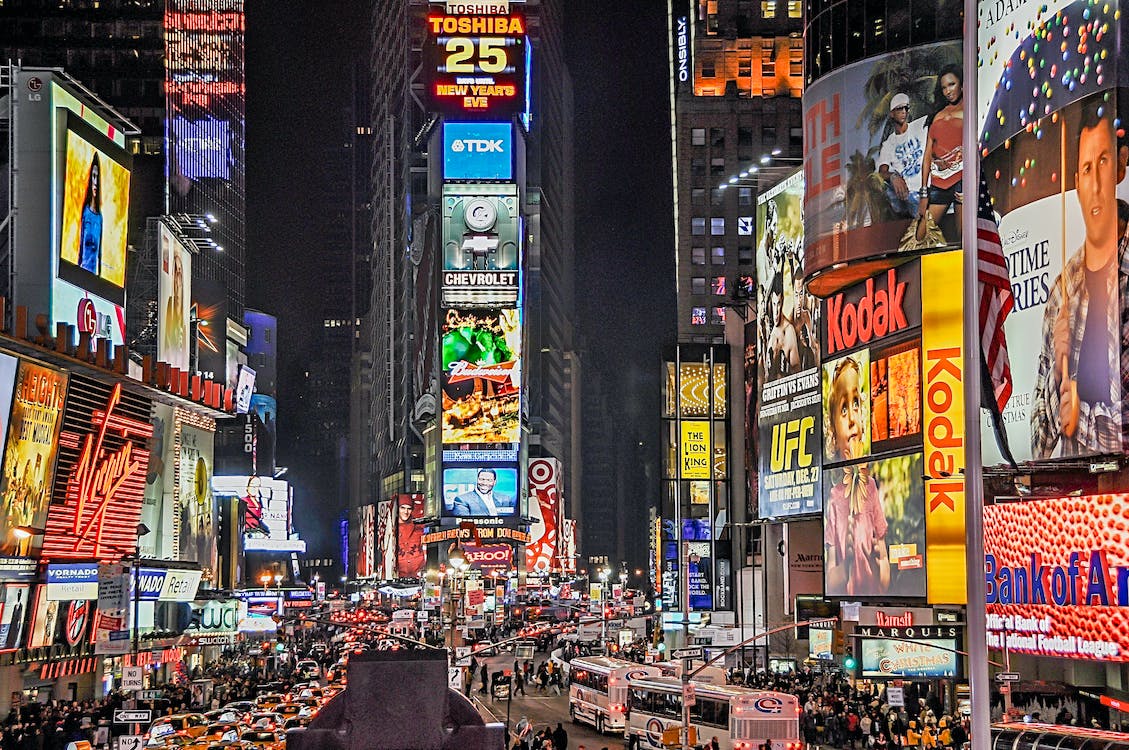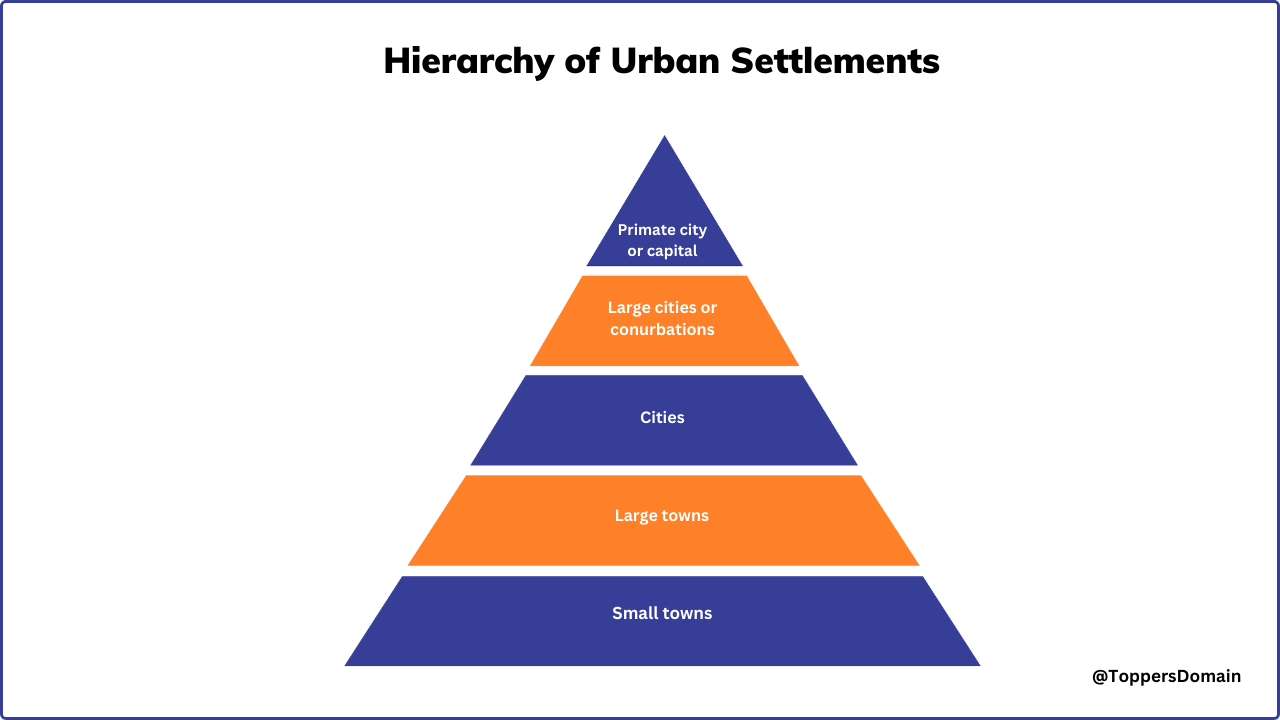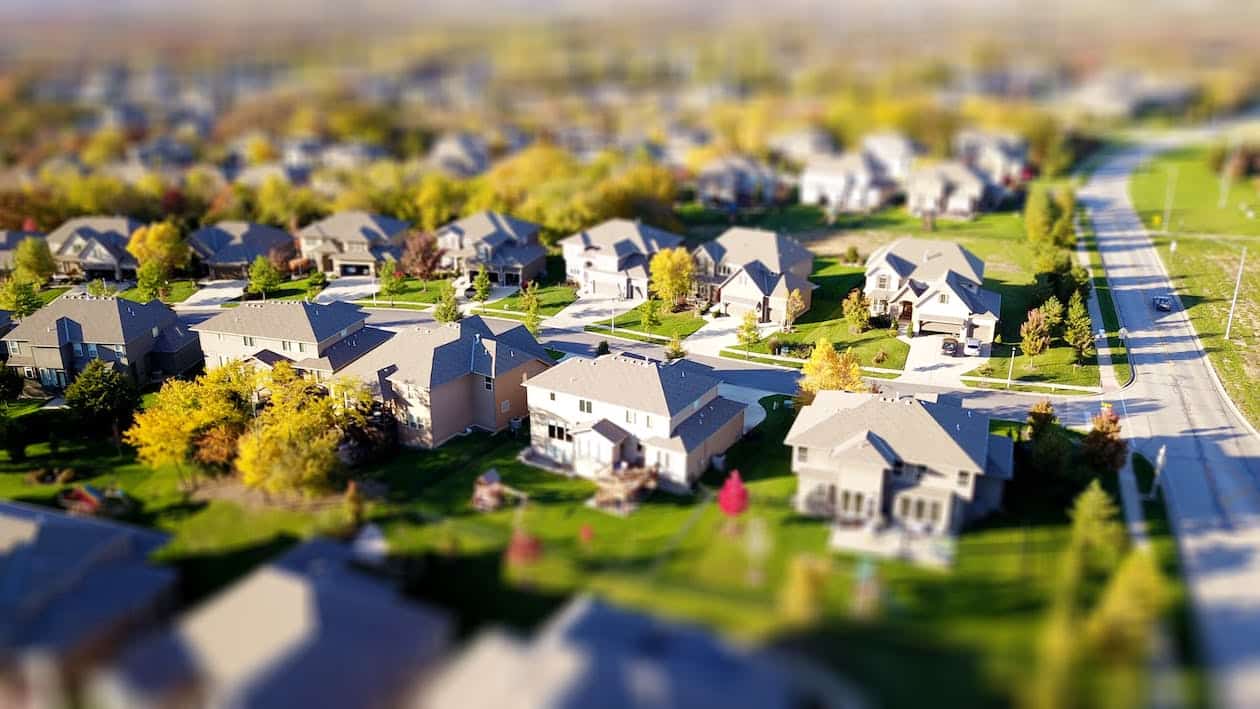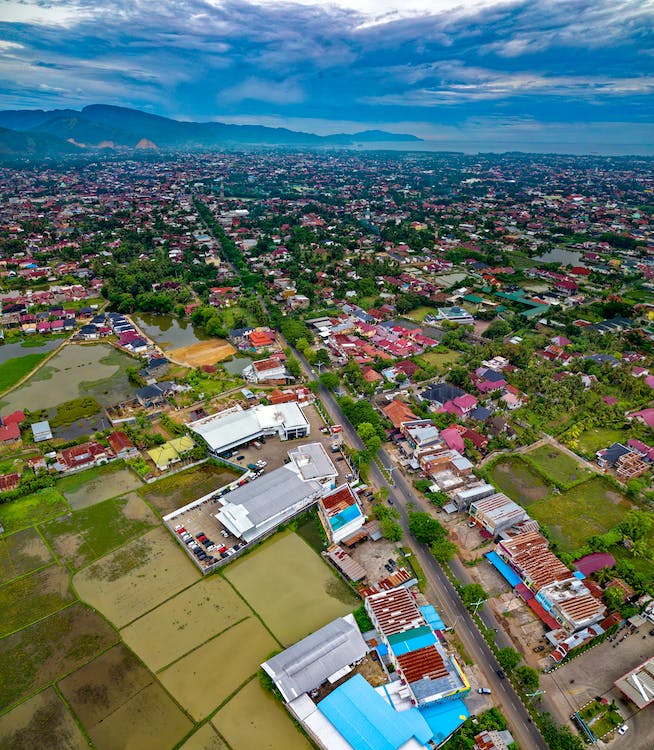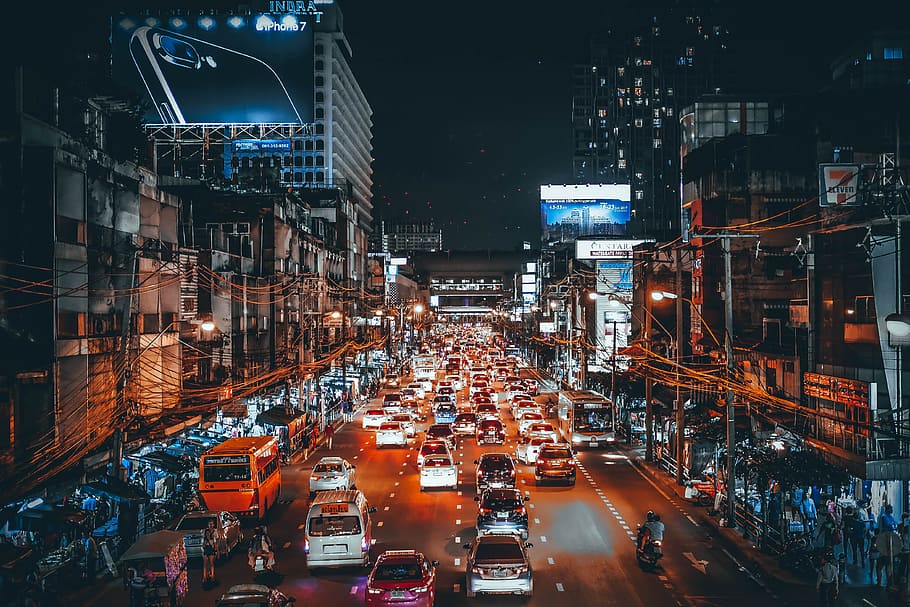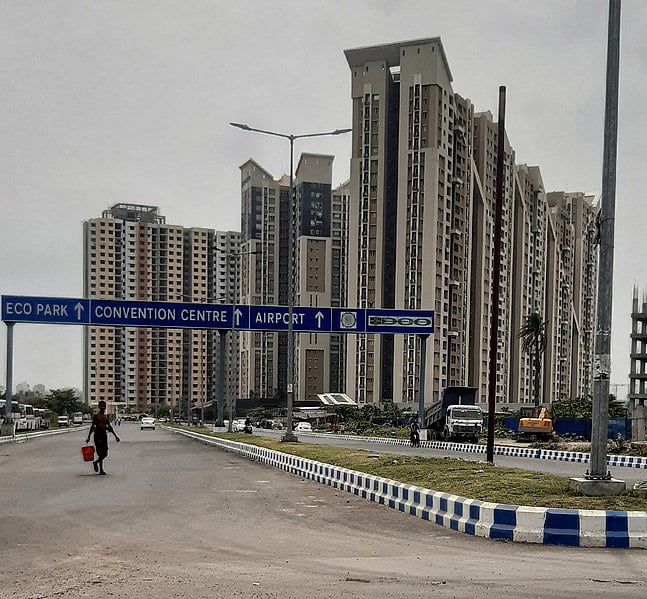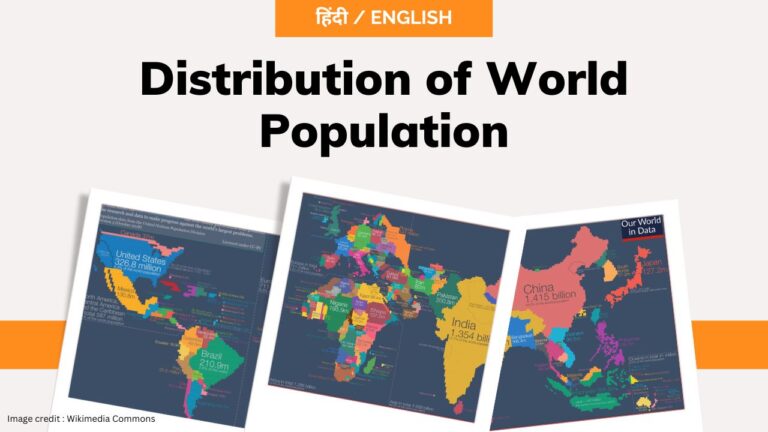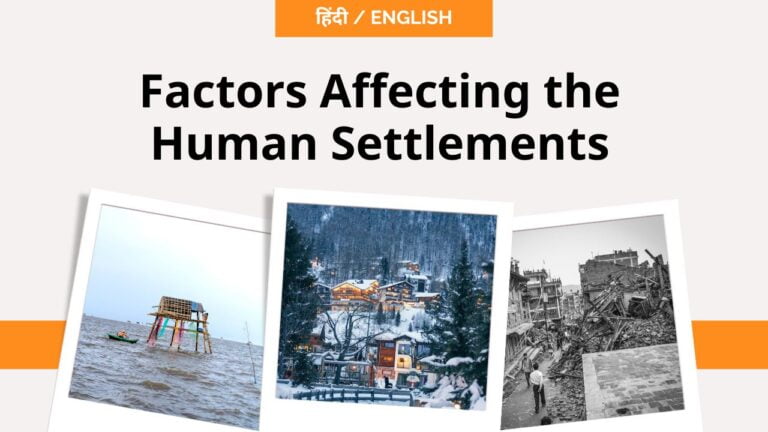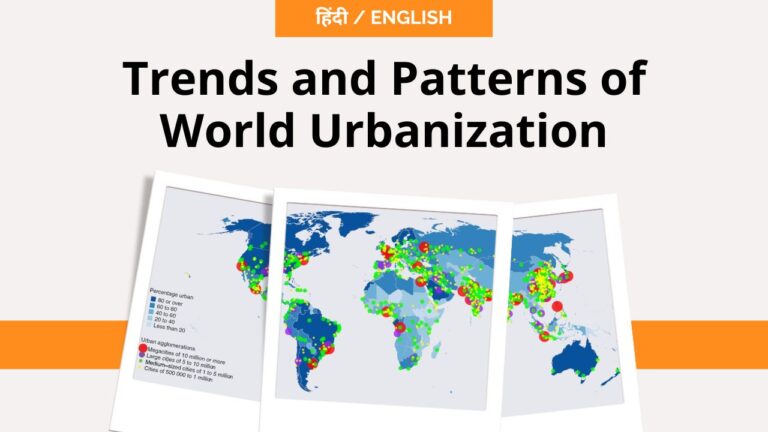Classification of Urban Settlements
Human Geography
Index
Urban Settlements - Types of Urban Settlements
Urban settlements refer to the highly populated areas that have a high density of people. These are characterized by the concentration of high degree of economic and social activities. Typically, urban settlements have a range of services and infrastructure, such as transportation systems, healthcare facilities, educational institutions, and commercial centres. Urban settlements are often centres of cultural and economic activity and can be found in every part of the world.
These settlements are classified into different types based on various factors, such as size, economic activities, and infrastructure.
Different types of urban settlements include:
1- Cities
Cities are the most significant type of urban settlement, with a population exceeding 100,000 people. They have a high degree of economic and social development. Cities are characterized by high population densities, well developed transportation systems and a wide range of economic activities, including manufacturing, commerce and services. Cities are usually centres of political and cultural activities. they often have iconic buildings, monuments and landmarks that make them distinct and recognizable.
2- Towns
Towns are smaller urban settlements than cities. These urban centres have populations between 10,000 to 100,000 people. They are usually located on the outskirts of cities or in rural areas.
Towns are characterized by a mix of economic activities, such as agriculture, commerce and light industry. They usually have fewer amenities than cities, but they are still important centres of economic and social activities. They are centres of local commerce and provide basic services and amenities to surrounding rural areas.
3- Suburbs
Suburbs are residential areas located on the outskirts of cities or towns. They typically have easy access to urban centres.
Suburbs are characterized by low population densities, spacious housing and a focus on family life. Suburbs are often seen as desirable places to live because of their quiet and safe neighbourhoods, good schools and access to parks and other recreational facilities. These settlements are popular among families seeking a quieter lifestyle.
4- Exurbs
Exurbs are similar to suburbs but are located farther away from cities and have even lower population densities. Exurbs are often rural or semi-rural areas that are experiencing rapid growth as more people seek to escape the high cost of living in urban areas. Exurbs often lack basic infrastructure, such as public transportation and medical facilities, making them less attractive to some people.
5- Megacities
Megacities are the largest urban settlements. These cities have populations of more than 10 million people. Megacities are often centres of international commerce and culture.
These cities are often characterized by high population densities, sprawling infrastructure, and a diverse range of economic and social activity. Such urban settlements are also characterized by extreme poverty, overcrowding and pollution. Megacities are often located in developing countries, where rapid urbanization has led to the growth of informal settlements, such as slums and shantytowns. Megacities pose significant challenges for urban planners and policymakers. These cities demand to balance the needs of a large and diverse population with limited resources.
6- New towns
New towns are planned settlements designed to accommodate population growth and reduce the pressure on existing urban areas. These towns are often located in rural areas or on the outskirts of cities and are characterized by modern infrastructure, such as roads, water and sewage systems and public transportation. New towns are often designed with a focus on sustainability and liveability, with ample green spaces, pedestrian-friendly streets and mixed land use developments.
Conclusion :
Urban settlements come in different types, each with its unique characteristics, opportunities and challenges. Understanding the different types of urban settlements is essential for urban planners, policymakers and researchers who seek to understand the dynamics of urbanization and develop effective strategies to manage urban growth and development.
Share
Other Topics
Unit - III



